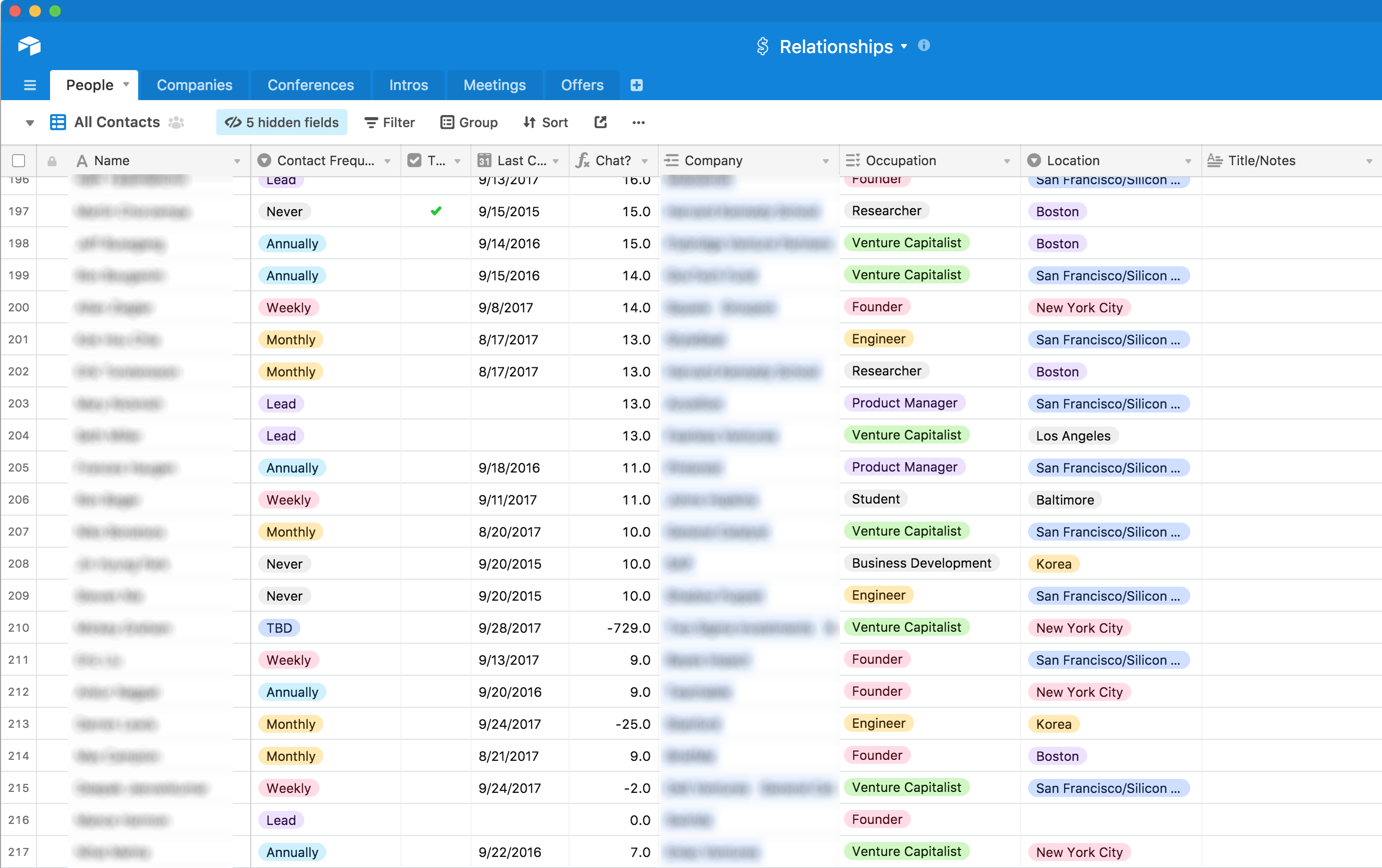
Event planners, for instance, might need just one base called “event planning,” and they could have different tables for their tasks, including client information, registrations, and vendors.Īs you can see, the integration is very flexible and able to meet different needs. This same organization might have another base called, “sales,” and the tables inside this base could be leads, contact information, customers, and deals in the pipeline.Īnother example is for small business owners who focus on one vertical. Here’s an example of how bases look in an Airtable account For example, “HR” could be a base, and tables within HR could be employee information, time off, sick leave, and performance reviews. Organizations can create a base for each department and multiple tables for each base. Use cases for this integration are vast, including businesses of all sizes, nonprofits, educational institutes, and more.


When teams use our Airtable integration, their form submission information is automatically sent into Airtable’s bases and tables, saving time and streamlining their workflow. Of course, your base is only as good as the data inside it, and organizations need a way to get their data into the app – without having employees do it by hand. As a grid, a table will display all of a project’s specifics laid out in cells, rows, and columnsĪirtable also allows for full customization so users can take their data organization up a notch by color coding, linking records to one another, creating charts and maps, and much more. Each base has “tables,” which can resemble spreadsheet-like grids, calendars, or even kanban boards.

An example of how Jotform users can easily connect Airtable bases to their formsĪ “base” is the foundation of each project - it’s like a folder that holds all of your files and has a comprehensive overview of a project’s information.


 0 kommentar(er)
0 kommentar(er)
